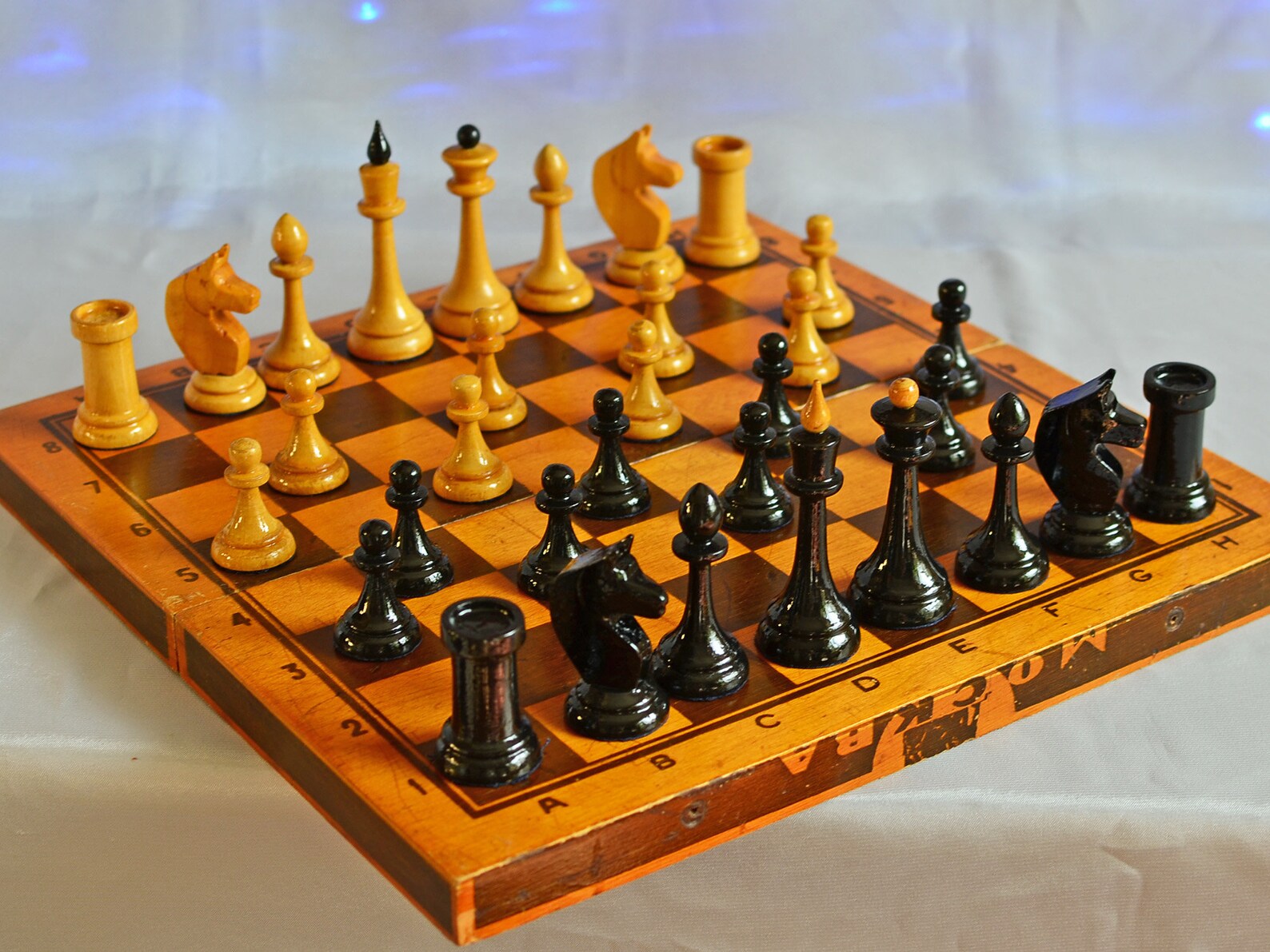Going through the Strategic Brilliance involving Chess Gambits
Chess, usually regarded as the ultimate test involving strategy and intelligence, offers players multitude opportunities to show their tactical prowess. Among the many strategic concepts in chess, gambits stand out as daring, aggressive maneuvers of which seek to grab power over the activity from the start. Within this blog write-up, we explore the fascinating world of chess gambits, exploring their own origins, principles, in addition to the strategic insights they offer in order to players of all levels. Origins associated with Gambits: The definition of “gambit” originates from typically the Italian word “gambetto, ” meaning in order to trip or in order to make a move in buy to open upward new opportunities. In the past, gambits have recently been employed by chess masters for centuries, with notable illustrations dating back to to the 16th century. These kinds of early gambits had been often aimed at reducing material as a swap intended for rapid development, initiative, or charge of crucial squares. Principles Behind Gambits: Essentially regarding gambit play is placed the willingness to sacrifice material, generally a pawn or even more, in change for strategic positive aspects for example a lead within development, increased handle of the center, or opportunities for strike. Gambits are recognized by their energetic nature, aiming to disrupt the opponent's plans and catch the initiative early hanging around. Types of Gambits: Gambits are available in various types, each with their own strategic intricacies and objectives. Several of the nearly all well-known gambits consist of the King's Range, Queen's Gambit, Evans Gambit, and Sicilian Wing Gambit, amongst others. Gambit in chess offers unique challenges and opportunities, demanding players to conform their strategies accordingly. King's Gambit: The particular King's Gambit is among the oldest and nearly all aggressive gambits within chess. It comes up after the moves 1. e4 e5 2. f4, with White sacrificing a pawn to get rapid development and open lines for attack in opposition to the black california king. While the King's Gambit has already been analyzed extensively above the centuries, that continues to create challenges for both sides, offering dynamic have fun and opportunities regarding creative tactics. Queen's Gambit: In contrast to the King's Gambit, the Queen's Gambit is an extra strategic offering, concentrating on control of the center rather than direct attack. This arises following the goes 1. d4 d5 2. c4, together with White offering a new pawn to find command of the essential d4 square plus facilitate piece exercise. The Queen's Offrande has been some sort of staple of elite-level chess for generations, with countless different versions and sub-variations assessed in depth. Evans Gambit: The Evans Gambit is a sharp and active opening that comes up after the moves one. e4 e5 2. Nf3 Nc6 3. Bc4 Bc5 4. b4. With this kind of move, White surrenders a pawn to be able to open lines and target the vulnerable f7-square in Black's camp. The Evans Gambit leads to be able to complex positions with opportunities for each sides, rendering it a favorite among aggressive players seeking energetic play.  Sicilian Side Gambit: The Sicilian Wing Gambit is actually a lesser-known but even so intriguing gambit that arises after the moves 1 . e4 c5 2 . not b4. With this shift, White aims to be able to disrupt Black's pawn structure on the queenside and create wide open lines for assault. While less common than other Sicilian variations, the Side Gambit can capture opponents off officer and lead to be able to sharp, imbalanced jobs. Chess gambits incorporate the spirit associated with creative and powerful play, offering players a chance to seize typically the initiative and dictate the course of the game. Whether unleashing the viciously King's Gambit and also the strategic Queen's Offrande, mastering gambit enjoy requires a deep comprehension of positional rules, tactical awareness, and the capacity to understand complex, dynamic positions. By studying and experimenting with privation, chess enthusiasts can expand their ideal horizons and take pleasure in the excitement of extreme use the sixty four squares of the chessboard.
Sicilian Side Gambit: The Sicilian Wing Gambit is actually a lesser-known but even so intriguing gambit that arises after the moves 1 . e4 c5 2 . not b4. With this shift, White aims to be able to disrupt Black's pawn structure on the queenside and create wide open lines for assault. While less common than other Sicilian variations, the Side Gambit can capture opponents off officer and lead to be able to sharp, imbalanced jobs. Chess gambits incorporate the spirit associated with creative and powerful play, offering players a chance to seize typically the initiative and dictate the course of the game. Whether unleashing the viciously King's Gambit and also the strategic Queen's Offrande, mastering gambit enjoy requires a deep comprehension of positional rules, tactical awareness, and the capacity to understand complex, dynamic positions. By studying and experimenting with privation, chess enthusiasts can expand their ideal horizons and take pleasure in the excitement of extreme use the sixty four squares of the chessboard.